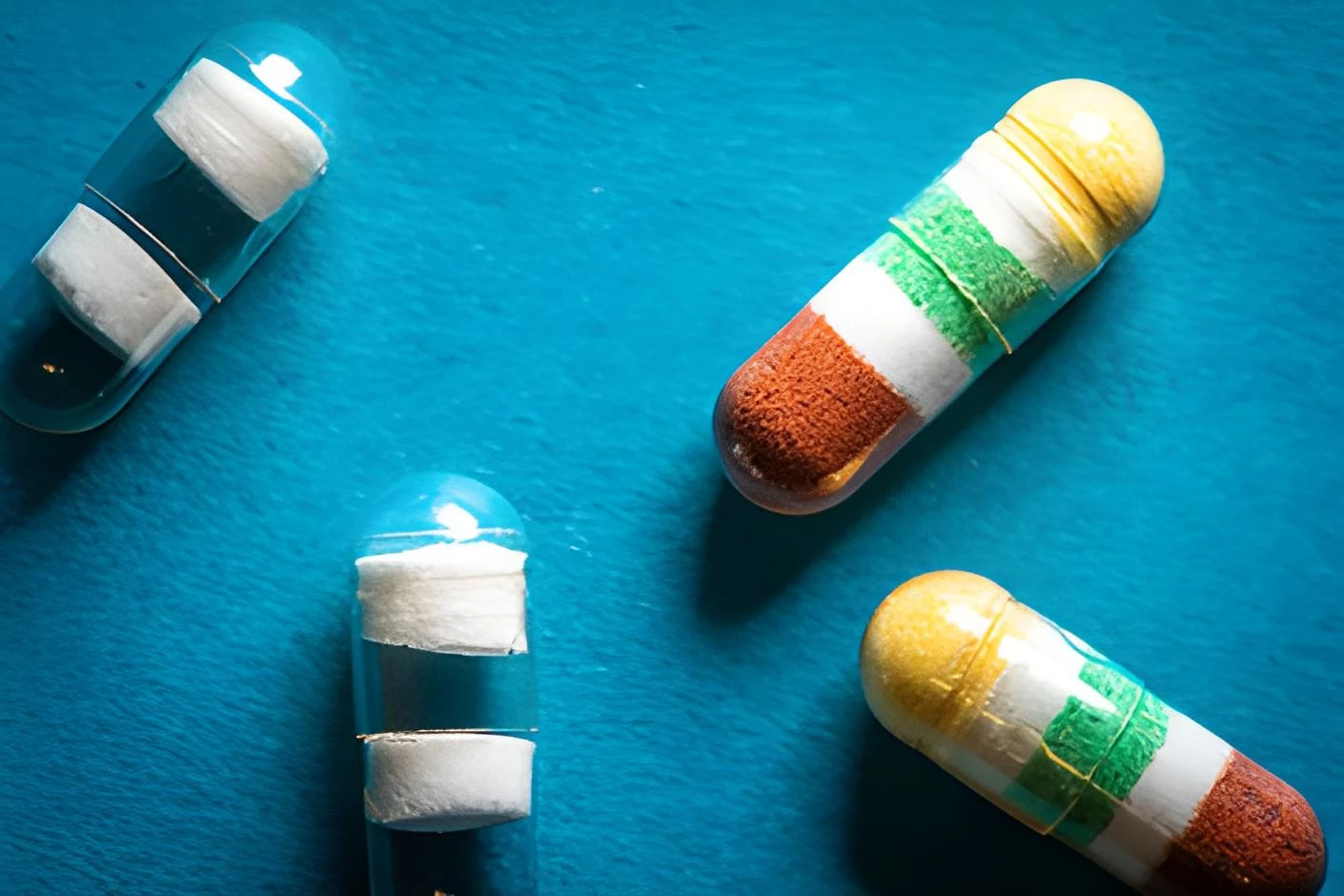For some common medical conditions, timing is everything when it comes to taking medications. Now, a customizable capsule engineered at UC San Diego could simplify complicated dosing schedules thanks to a unique staged release system.
In recent years, research has emerged that analyzes the intake of certain substances based on our bodies' biological clocks, also known as circadian rhythms. For example, last year, a study showed that morning people who took their blood pressure medicines in the early hours of the day and night owls who took them before bed had lower risks of non-fatal heart attacks. An earlier study showed that taking anti-inflammatory drugs at night versus in the morning could hamper healing. Even the timing of adding sugar to your daily coffee has been shown to impact the drink's caffeine effects.
Yet adhering to any kind of daily dosing schedule can be onerous – especially for older adults who sometimes struggle with cognitive decline. UC San Diego's new capsule could go a long way toward helping and potentially increasing the efficacy of some medications.
To create it, the researchers engineered a capsule with different compartments separated by barriers made from "a lactose and maltose matrix embedded with a pH-responsive polymer," according to a university release. The polymer protects the barriers from stomach acid and, by altering the thickness of the different barriers, the researchers say they can control the time at which the medicines in the different sections are released.
The entire capsule is coated in a protective layer of vegetable cellulose, which does indeed dissolve in the stomach. So for medications that are best released immediately, the first layer can be unprotected by the barriers and released when the outer shell dissolves.

If that wasn't enough for one relatively tiny pill, the engineers also impregnated that outer layer with tiny magnesium particles that serve two functions. First, when they are released they generate a stream of hydrogen bubbles that helps disperse the first medication more rapidly. Second, the magnesium helps neutralize stomach acid, which could trigger the pH-responsive barrier to release a second medication.
To test the capsule, the researchers filled it with three color-dyed doses of the Parkinson's medication, levodopa. In simulated stomach conditions, they were able to see that the first dose along with its magnesium stirrers was released quickly, while the other two compartments caused a more stepped release over time.
The use of the Parkinson's medication wasn't a random decision. Maintaining the proper levels of levadopa throughout the day could go a long way in helping patients manage their symptoms, say the researchers.
"If the drug level dips too low, patients will experience tremors and other motor symptoms," says study first author, Amal Abbas. "But if we can keep that level steady, we can also help keep a patient's movement stable. Our capsule has the potential to ensure this stability throughout the day – so patients don't have to worry about timing every dose perfectly."
Abbas also says the capsule could help patients with cardiovascular disease, releasing a dose of aspirin in the morning, a beta blocker in the afternoon, and a cholesterol medicine at night, for example.
Abbas and her team are planning to move next into in vivo testing as well as working on ways to design the capsule to last longer than a single day. They also plan to investigate if they can design a capsule that could release drugs further along in the digestive system. She has also launched a start-up to accelerate the capsule's development.
The study detailing the development and use of the capsule has been published in the journal Matter.
Source: UC San Diego





